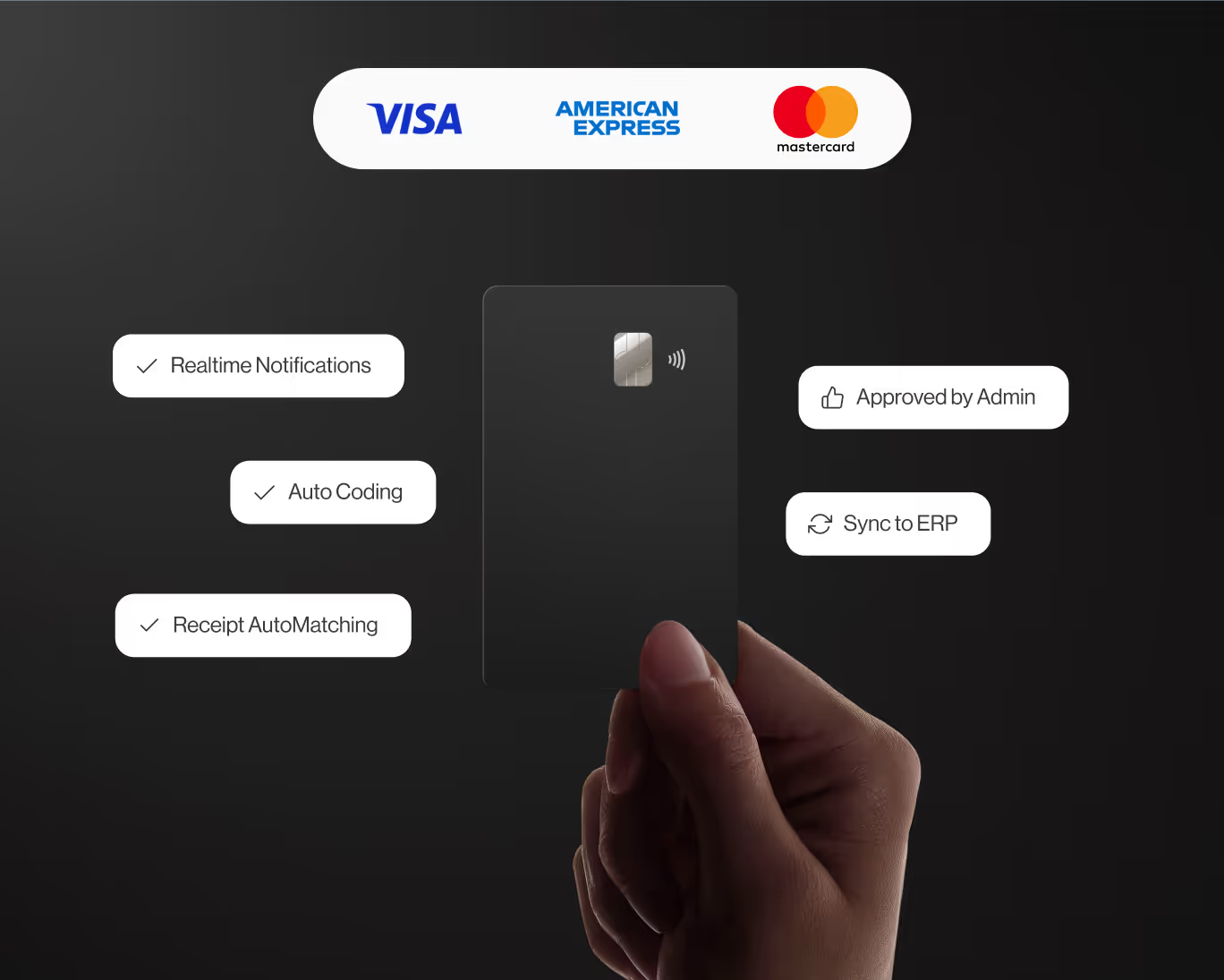Understanding Accountability Matrix in Construction Management
Introduction
In the complex and collaborative world of construction projects, effective management and clear accountability are crucial for success. An accountability matrix, also known as a responsibility assignment matrix (RAM) or RACI matrix, is a powerful tool that defines and communicates roles and responsibilities within the project team. It outlines who is accountable, responsible, consulted, and informed for each task or deliverable. In this article, we will explore the significance of the accountability matrix in construction management and how it streamlines project execution.
Understanding the Accountability Matrix
The accountability matrix is a grid-like chart that provides a visual representation of the roles and responsibilities of team members involved in a construction project. It uses the RACI framework to classify team members into four categories:
- Responsible (R): The person or team responsible for performing a specific task or activity.
- Accountable (A): The person who is ultimately answerable for the successful completion of the task and has the authority to make decisions.
- Consulted (C): Individuals or teams who are consulted or provide input on specific tasks but are not directly responsible for their execution.
- Informed (I): Individuals or teams who are kept informed about the progress of a task but are not actively involved in its execution.
Key Benefits of the Accountability Matrix
The accountability matrix offers several key benefits in construction management:
1. Clear Communication
The matrix provides a clear and concise communication channel by defining roles and responsibilities, reducing misunderstandings and ambiguity.
2. Improved Collaboration
By assigning clear responsibilities, team members can work together more effectively, promoting better collaboration and project synergy.
3. Efficient Decision-Making
The matrix clarifies decision-making authority, ensuring that decisions are made by the right individuals or teams with the appropriate expertise.
4. Risk Mitigation
Assigning accountability and responsibility helps identify potential gaps or areas of risk, allowing for proactive risk mitigation strategies.
Creating an Accountability Matrix
Building an accountability matrix involves the following steps:
1. Define Project Scope and Tasks
Start by defining the project scope and breaking it down into specific tasks and deliverables.
2. Identify Team Members
Identify the team members involved in each task and their respective roles.
3. Assign RACI Attributes
For each task, determine the RACI attributes for each team member. Clarify who is responsible, accountable, consulted, and informed.
4. Review and Communicate
Review the accountability matrix with all team members involved to ensure clarity and understanding. Communicate the matrix throughout the project.
Conclusion
The accountability matrix is an invaluable tool in construction management that ensures clear communication, efficient collaboration, and effective decision-making. By defining roles and responsibilities using the RACI framework, construction projects can be executed more smoothly and with reduced risks. A well-implemented accountability matrix empowers project teams to deliver successful projects on time and within budget, meeting the expectations of clients and stakeholders.










